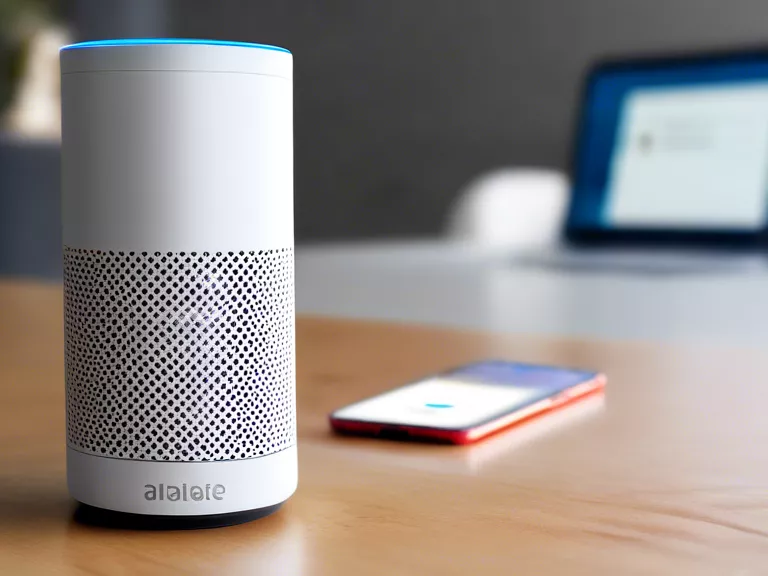
Voice assistants are rapidly evolving to become more context-aware and responsive, enhancing user experience and convenience in various applications.
One of the key advancements in voice assistant technology is the integration of context-awareness, allowing these assistants to understand the context of a conversation and provide more relevant responses. By incorporating data from various sources such as user preferences, location, and previous interactions, voice assistants can better understand user intent and provide more personalized and accurate information.
In addition to context-awareness, voice assistants are also becoming more responsive by improving their natural language processing capabilities. This enables users to interact with voice assistants in a more conversational manner, making the interaction feel more fluid and natural. Voice assistants can now understand complex commands, follow up questions, and even detect emotions in the user's voice, allowing for a more dynamic and engaging interaction.
Furthermore, advancements in machine learning and AI algorithms have enabled voice assistants to continuously learn and improve over time. This adaptive learning capability allows voice assistants to better anticipate user needs, provide more accurate responses, and adapt to changing contexts and preferences.
Overall, the trend towards more context-aware and responsive voice assistants is revolutionizing the way we interact with technology. As these assistants become more integrated into our everyday lives, their ability to understand and anticipate our needs will continue to improve, making them indispensable tools for productivity, entertainment, and convenience.



